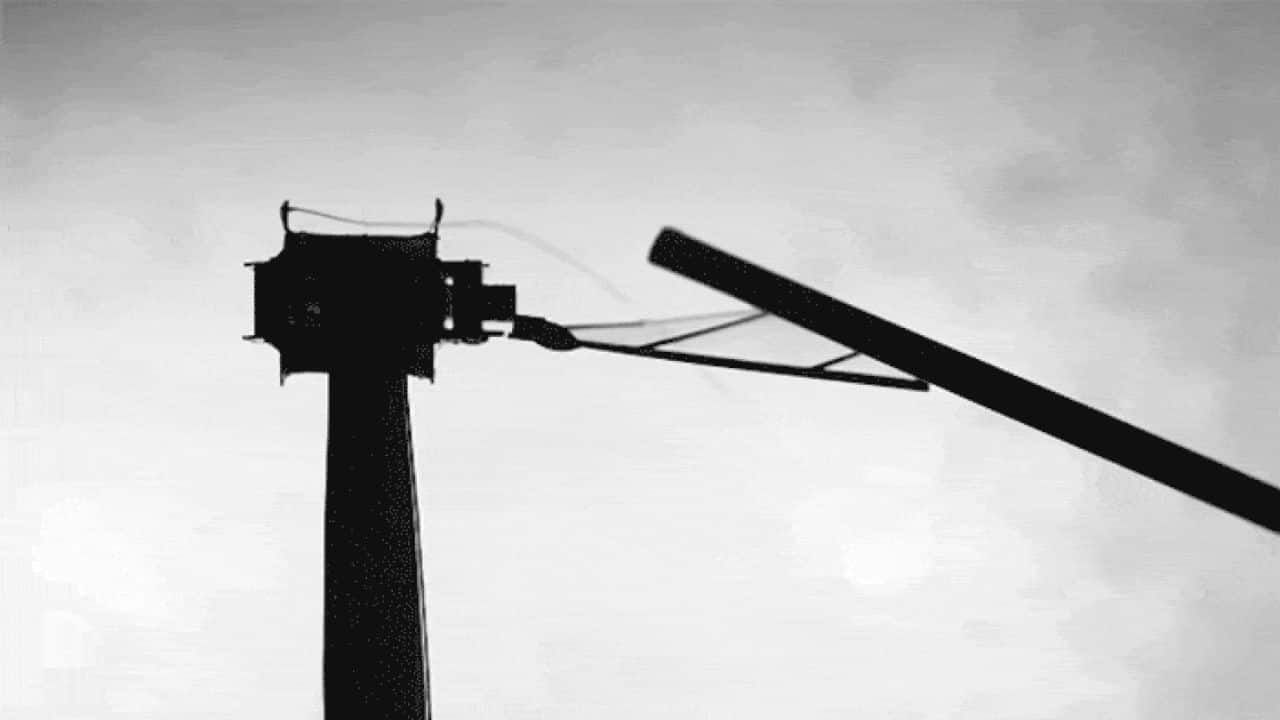



MIT scientists are working on robotic insects that could help with pollination. These tiny machines may one day swarm from mechanical hives and boost crop production. The new technology aims to increase yields without harming nature.
Longer flight and better efficiency
Artificial pollination involves manually moving pollen between flowers. However, previous robotic insects lacked endurance, speed, and control. A new study in Science Robotics shows MIT researchers have solved these issues.
 (Image: MIT)
(Image: MIT)
The latest robotic insects can fly 100 times longer than before. They are also lighter and can store enough power for extended missions. Scientists say the design reduces stress on the wings, allowing better agility.
Inspired by real insects
Older designs had eight wings, making them inefficient in flight. The new version has just four, improving stability and lift. The updated design also allows space for batteries and electronic controls.
 (Image: MIT)
(Image: MIT)
Researchers developed special transmissions to mimic insect muscles. These adjustments help the robots fly higher and with better control. The team hopes to refine their design further in the coming years.
MIT scientists plan to integrate sensors and computing into these robotic bees. If successful, these tiny drones could transform modern farming.
Discover the latest Business News, Sensex, and Nifty updates. Obtain Personal Finance insights, tax queries, and expert opinions on Moneycontrol or download the Moneycontrol App to stay updated!